LDSIG 2014 Documents
Just wanted to make the handouts for the layout tour tomorrow available in digital PDF format, in case anyone is interested:
Also, here is a trackplan of the model S&NY:
Op Session #2
After 4 months, a job change, and college graduation for daughter #1, I was able to free up a Saturday (31 May) to host Op Session #2 for the model S&NY.
I approached #2 with a great deal more trepidation than #1, paradoxically because #1 was deemed a major success by the participants. So, the bar had been set, and standards must be now be upheld!
Crap.
Adding to the mystery, only 4 of the original 6 crewmembers were going to be able to make it. This turned out to be a good thing, as I was curious how a smaller crew would work out. (Pretty well, in fact.)
Despite the intervening 4 months, I was only able to make a few changes/improvements to the railroad: I got about 20 more cars weathered and on the layout, and I replaced 10 of the original CV turnout frogs with metal frogs from Proto:87 Stores. I also developed a tentative timetable schedule of trains.
The extra cars made a big difference, as there were now sufficient through cars to allow the “Fast Freight” (as the real S&NY called it) to make a third trip if necessary. Also, there were now enough through PRR hoppers from Marsh Hill to Towanda to necessitate the coal extra to do more sorting of cars in Marsh Hill yard. In addition, I changed the train instructions so that all the local switching at Newberry is done by the Fast Freight crew, rather than the Mixed train crew. This balanced the workload a bit more, and I think made all three jobs a bit more interesting and time-consuming in a good way. My goal is to have the crews busy enough to keep interest and focus up, but not too much to feel harried. After all, the S&NY was a struggling Depression-era shortline, not the PRR mainline.
The timetable was developed with input from the crews during Op Session #1; I had the fellows try to keep note of the times when they arrived and departed each station and how long the work took. Here is the trial version for Op Session #2:
The timetable worked well for the first third of the session, but after that departed from reality too far to be of much use. After the first trains got to their destinations, the station work took FAR longer than I had allowed in the timetable, and the schedule fell apart. Adjustments will be made for the next session.
Since we did now have a timetable of sorts, I was able to act as “roving dispatcher” for a while, and wrote the very first orders for the railroad:
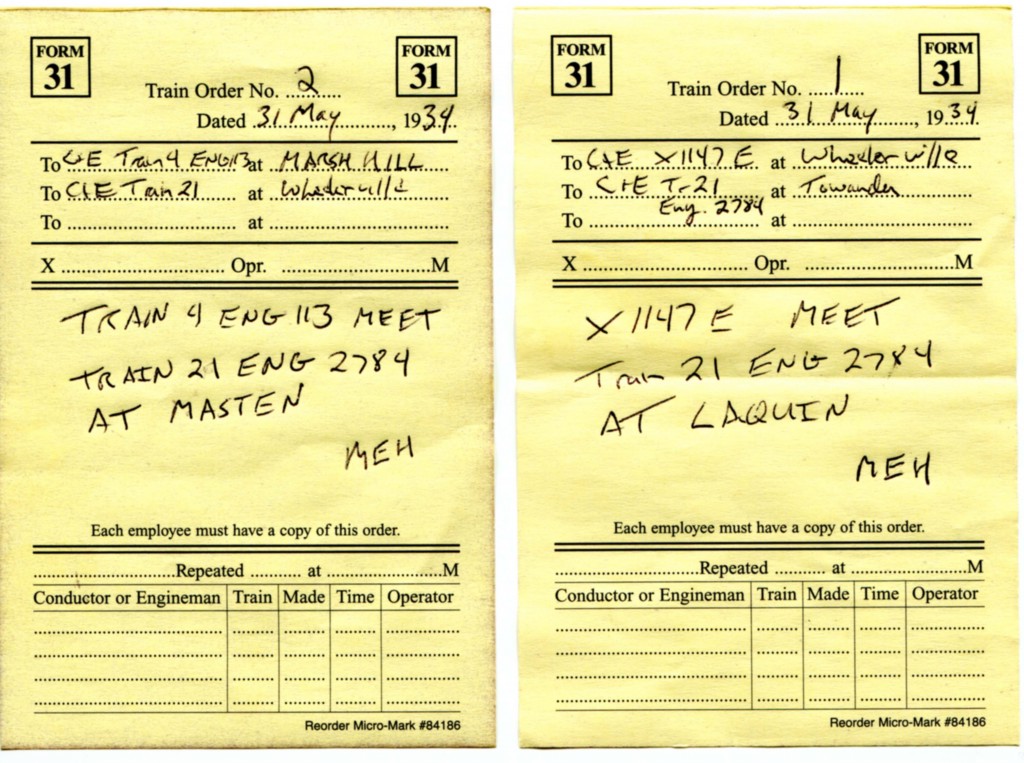 I have been studying this book, which is essential for learning timetable and train order operations for a model railroad:
I have been studying this book, which is essential for learning timetable and train order operations for a model railroad:
I still have a lot to learn, as the “form” on the model orders is not quite correct. When referring to trains by number, the order should read, “NO 4 ENG 113 MEET NO 21 ENG 2784 AT MASTEN” We didn’t write any clearances in the interest of time, but I think eventually we will include those to add authenticity. The model forms are available from Micro Mark, and are really a bit too small, but will work ok for now.
Here is a real order and clearance card from the S&NY from 72 years ago:
There were still a few electrical glitches – the Bachmann 2-8-0’s had intermittent pick-up troubles, hopefully a wheel cleaning will fix that. I had remotored and painted a PFM Ma&Pa engine, which shorted intermittently between the cab and tender deck in tight curves. I have a fix planned for that problem which should not be difficult. The original CV turnout frogs continue to short intermittently at the closure rails, and I now plan to replace ALL the frogs with metal frogs from Proto:87. This will take a bit of time, but will eliminate that problem all together.
Despite that, I think Session #2 was a success, and I think the crews will agree. Interestingly, some of the fellows prefer one-man crews, and a couple think 2-man crews is the way to go. I think though for the time-being anyway, I will not INCREASE the number of people invited to a session.
Lastly a couple of photos from the session:
Fred L. works the NYC/RDG interchange at Newberry with Train 21.
Eastbound Mixed Train 4 works upgrade around the Masten Loop, crossing over Pleasant Stream.
First Op Session 25 January 2014
This past fall, after around 11 years of construction, my model version of the Susquehanna & New York Railroad had nearly reached a stage of completion where a preliminary shake-down operating session was possible. Having some extra free time over the 2013 holidays due to an unexpected job change, I decided to shoot for late January 2014 for the first op session. After assessing what truly needed to be done, I embarked on a frenzy of last-minute car-building, waybill and car-card writing, and place-marker creation to culminat in the trial op session on the evening of Saturday, January 25th, 2014.
So, with much trepidation, I sent out an email invitation to 6 fellows who I consider to be “serious” model railroad operators who I am familiar with from previous op sessions over the years at other local railroads. I figured these guys could appreciate what I was trying to accomplish with the model S&NY, and at the same time bring in their collective experience for constructive criticism and suggestions for improvement.
Braving single-digit temps and blowing snow showers, all 6 gentlemen (including a trio driving from Cleveland) made it for the session. After a quick brief on the background of the real SNY and the construction of the model version, and a quick orientation to the railroad, we commenced. The model SNY had finally come to life after 11 years!
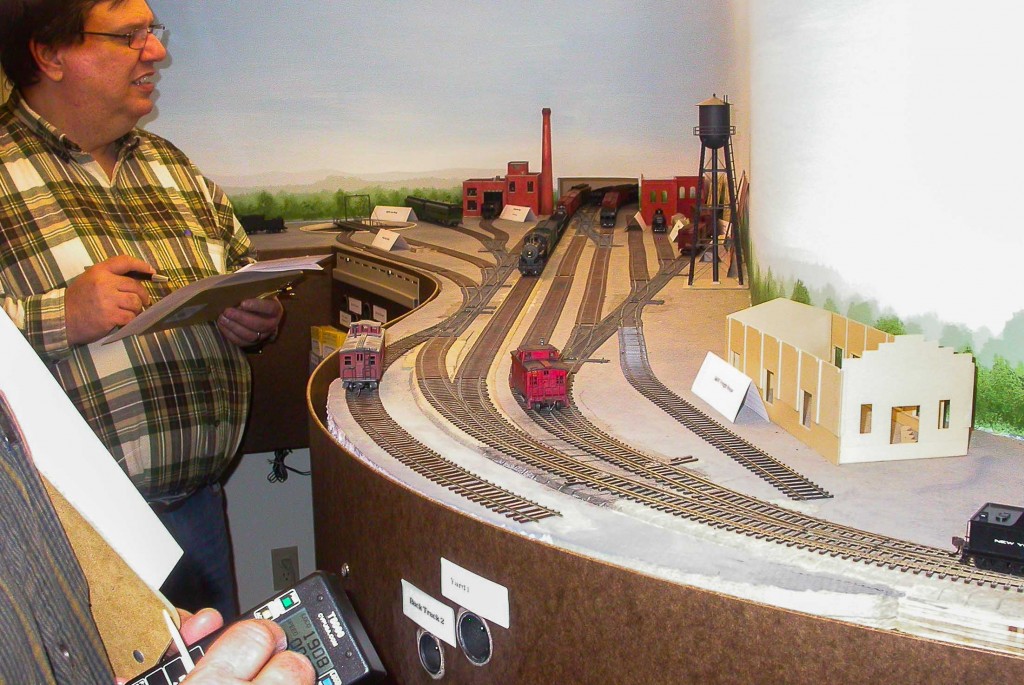
Brad W. looks over Newberry yard prior to departure of eastbound mixed Train #6.
Photo by John Webster
As expected, several issues immediately became apparent. Right out of the gate, I had failed to specify clearly that 1st class train #6 was a mixed train, and that instead of a caboose, the crew should build the train with a combination car on the rear. THAT caboose, in turn, was to go with a light engine to Marsh Hill yard. It only took a couple of minutes to sort out, but it sent my anxiety level through the suspended ceiling. Having “lived” with the railroad for so long, I just took it for granted that “everyone” would know that trains 5 and 6 were mixed. Hoo boy, what ELSE had I overlooked in my hasty preparations?
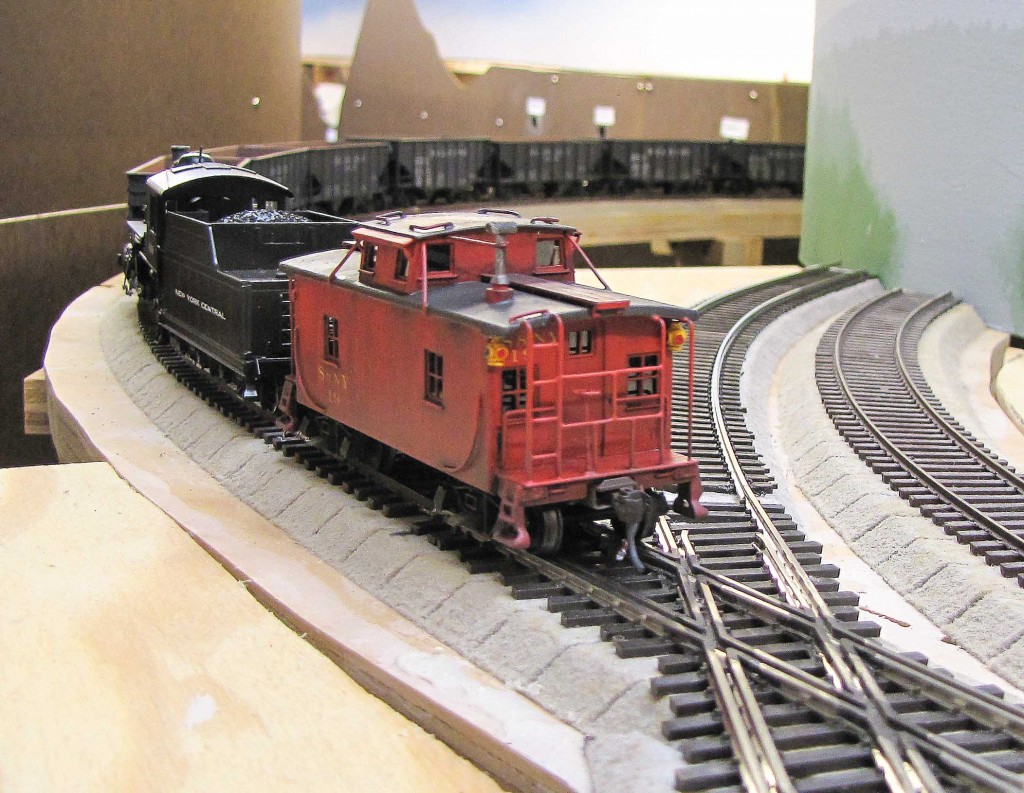
Westbound empty hopper extra returns to home rails after clattering across the junction of the PRR Elmira Branch and the PRR P&E line. Photo by Don Murphy
A second issue related to location, location, location. The first thing crews want to know, if new to a particular railroad, is “Where am I?” The second thing is “Which direction is to my right and which to my left?” I had designed the SNY such that the viewer is always looking at the railroad from the south facing north, with east to the right and west to the left, so the second question was not a problem. However, despite trying to label everything prior to the session, I did not label each town adequately. I had put town name signs on the bill boxes in each town, but they were not conspicuous enough for unfamiliar operators juggling throttles, uncoupling picks, and train instructions.
A niggling but recurrent problem had to do with some of the turnouts, particularly in Marsh Hill yard. Some of the engines’ tender trucks caused shorts at the frogs. These were all Central Valley number 5 and 6 turnouts with a fabricated plastic frog. A design flaw apparently allows the backs of the tender wheels to short the two closure rails where they insert the plastic frog. I had run into this problem the day before the session, and painted the offending rails with clear nail polish as an expedient temporary fix, but I didn’t do it to all of them. A contributing factor may have been the extremely dry air from the cold weather allowing the wheels to arc at the frogs. I will probably replace these frogs with all metal frogs from Proto:87 as time allows. These metal frogs were not available when I built Newberry and Marsh Hill. The newer sections were built with Proto:87 turnout kits, and we had zero issues with these, aside from one frog I had inadvertently powered with reverse polarity.
Another issue cropped up later in the session, when the crew manning trains 21 and 22 tied up early. I literally had no more cars on the railroad to be moved, and I had over-estimated the time it would take for these to trains to complete their switching and make their runs. The fellows were good sports about it though, and were content to browse some of my collection of SNY ephemera and kibitz with the two crews still working. However, I will make a concerted attempt to get more cars on the railroad to allow for a third through-freight run and/or balance the station work with trains 5 & 6, the crew of which finished up nearly 40 minutes after everyone else.
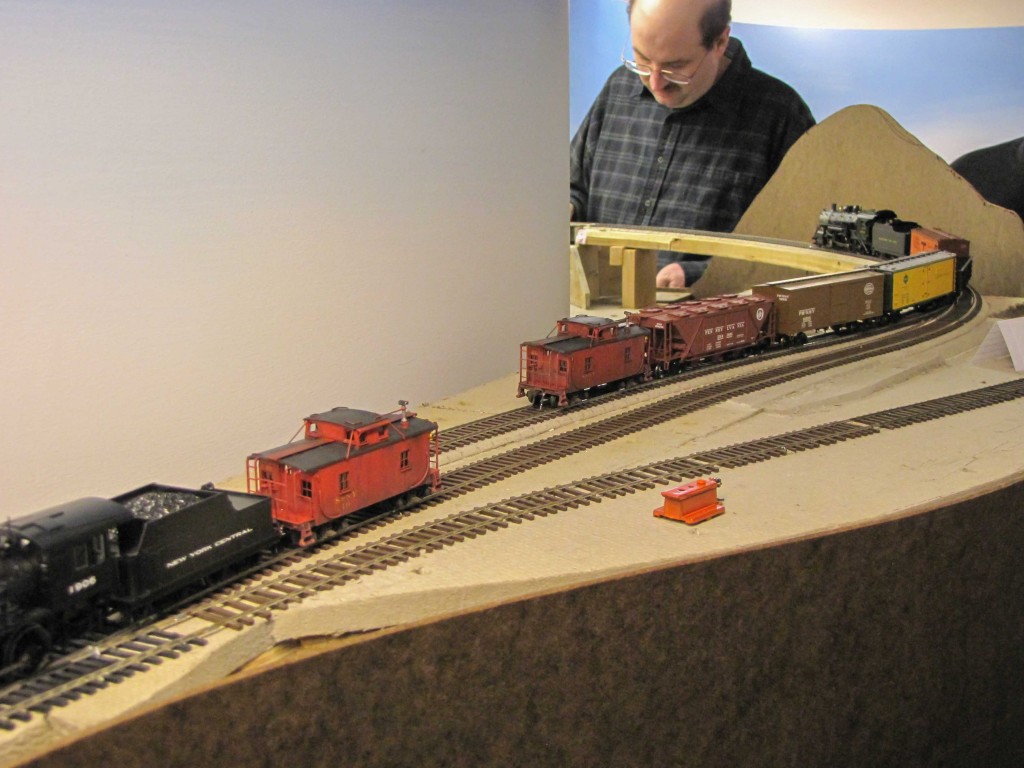
Eastbound through freight train #22 and westbound empty coal extra meet at Masten, PA. Jerry J. checks his paperwork in the background. Photo by John Webster
There were also occasional minor difficulties due to unfamiliarity with my control system. I use CVP EasyDCC, while all of my crewmembers use Digitrax. This diminished as the evening wore on, however.
On the plus side, being meticulous during construction, while slowing the overall progress, has paid dividends with the relatively small number of trackwork “gripes” to be fixed; mainly the frog-shorting issues detailed above. I believe the labeling of ALL industries and turnouts helped the majority of switching go smoothly. The EasyDCC system handled 4 radio throttles with ease, and there were no problems with the control system whatsoever. Having a finished and carpeted basement, with good lighting helped the guys enjoy the evening and the railroad more, I believe; and having the fascia complete over the entire railroad added to the appearance despite the complete lack of scenery. I was quite worried that the whole concept of modeling an obscure pre-war shortline railroad might not “work” and the trackplan would be inadequate to the task, but the extremely favorable and positive comments from the fellows after the session has put those fears to rest.
On the whole then, I think the first session was a great success, despite the minor glitches. Everyone left with smiles on their faces, and I have already gotten inquiries regarding when I will run another session.
Christmas, 1941
Christmas Day, 1941. The War, until 3 weeks ago, was someplace else and happening to other people. Now, it is here; and scarcely any family, any person, will be unaffected. The nation’s railroads will bear an incredibly heavy burden transporting the men, machines, and materiel necessary to fight and win a global two-ocean war. The only tools available to manage this vast, complex enterprise are the telephone/telegraph, kerosene lanterns, the Rulebook, the Timetable, and the discipline and skill of experienced railroad men.
The PRR Williamsport Division dispatcher has probably had anything but a quiet Christmas. Burgeoning wartime traffic is indifferent to the holidays, and the mostly single-track Elmira Branch is “dark territory”, meaning trains are run under timetable and train-order authority, rather than centrally-controlled signals. Add in extra trackage-rights trains off the SNY, and the southern end of the Branch is quite busy on this Christmas afternoon:
Trout Run, Pennsylvania is a small community tucked into the Lycoming Creek valley north of Williamsport. At Trout Run, the north central Pennsylvania mountains start to close in, glowering over the progressively narrowing Lycoming Creek valley. The valley walls are steep, and evening sets in quickly on winter afternoons. According to weather records from the airport at Montoursville, PA., on December 25, 1941 the temperature was in the mid to low 30’s. The temp had been dropping over the previous days from a high of 55 on December 23.
We can imagine moving from the warmth of the Trout Run depot out onto the platform next to the tracks, cinders crunching softly underfoot. It would be very nearly dark, the deep twilight punctuated here and there by glimmers of oil lamps in the nearby homes and farmsteads, and the glow of the kerosene lights illuminating the railroad switchstands and the depot train-order board. No signs of people about in the darkening yards and fields, it is Christmas Day after all, and folks are snugly indoors enjoying their holiday meal while pushing thoughts of the War aside for a few hours. We might turn up our collar against the cold wind gusting down the narrow valley, and strain our ears for a distant whistle echoing off the high mountainsides…
Railroad men remain on duty, though, and 13 miles to the south, the Williamsport Division dispatcher dictates an order to the towerman at Newberry Junction:
TRAIN ORDER 433
DEC 25 1941
TO: (C)onductor and (E)ngineer ENGINES PRR 4633 AND SNY 115 AT NEWBERRY
TRAIN NO. 852 SNY ENGINE 119 MEET EXTRAS 4633 AND SNY 115 WEST AT TROUT RUN
NO. 852 SNY ENGINE 119 TAKE SIDING
EXTRA 4623 EAST MEET EXTRAS 4633 AND SNY 115 WEST AT BERGAN
EXTRA 4623 EAST TAKE SIDING
MADE COMPLETE 429PM
From this faded piece of tissue paper, we can see that in the space of an hour or so just at dark, 4 trains will pass the Trout Run station. The first is probably the last one mentioned in the train order, PRR Extra 4623 East. PRR engine 4623 was an I1sa 2-10-0 locomotive, and likely leads a “diker” hauling a solid train of coal hoppers north to Elmira. Per J.W. Orr’s book “Set Up Running”, the PRR men on the division referred to these coal trains originating from the mines near Altoona and Tyrone as “dikers”, as they took the northbound(railroad timetable east) route up the Elmira Branch over the dike along Lycoming Creek at Newberry, rather than heading east and south to Harrisburg and Enola yard. Extra 4623 East will thunder by Trout Run without stopping, the locomotive digging in to the increasing grade; en route to a meet at Bergan tower near the SNY yard at Marsh Hill with PRR Extra 4633 West and Extra SNY 115 West. PRR Extra 4623 East will be followed shortly by SNY #119 running as scheduled PRR train No. 852, heading north (railroad timetable east) up the Branch to Marsh Hill.
A few minutes later, train 852 will take the siding at Trout Run, and wait for two westbound trains coming down the Branch. The first, PRR Extra 4633 West, is lead by PRR engine #4633, an I1sa 2-10-0 locomotive, likely a train of empty hoppers headed back to the mines around Tyrone, PA. The second is an SNY extra train lead by #115, headed for the SNY yard at Newberry, probably mixed freight for interchange to the Reading and NYC. These westbound extras will first meet the aforementioned Extra 4623 East at Bergan, before heading in turn down the Branch for their subsequent meets with No. 852 at Trout Run.
A lot of information from a scrap of paper, yet the railroads relied on these scraps to move trains efficiently and safely. Even more importantly, men’s lives depended on their accurate interpretation and timely obedience.
How lucky such a small scrap would survive all these years, and allow us to open a small window into the past…
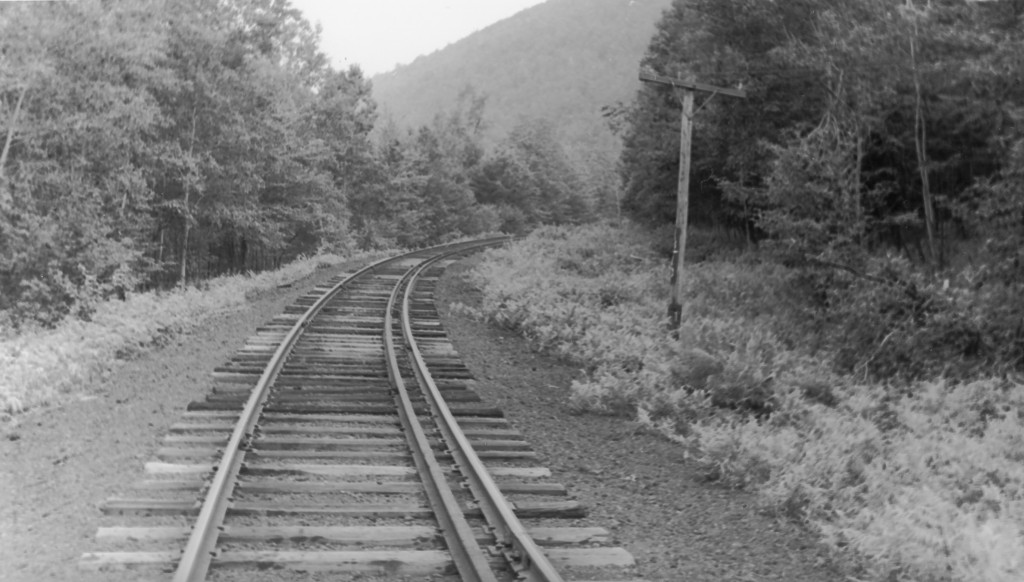
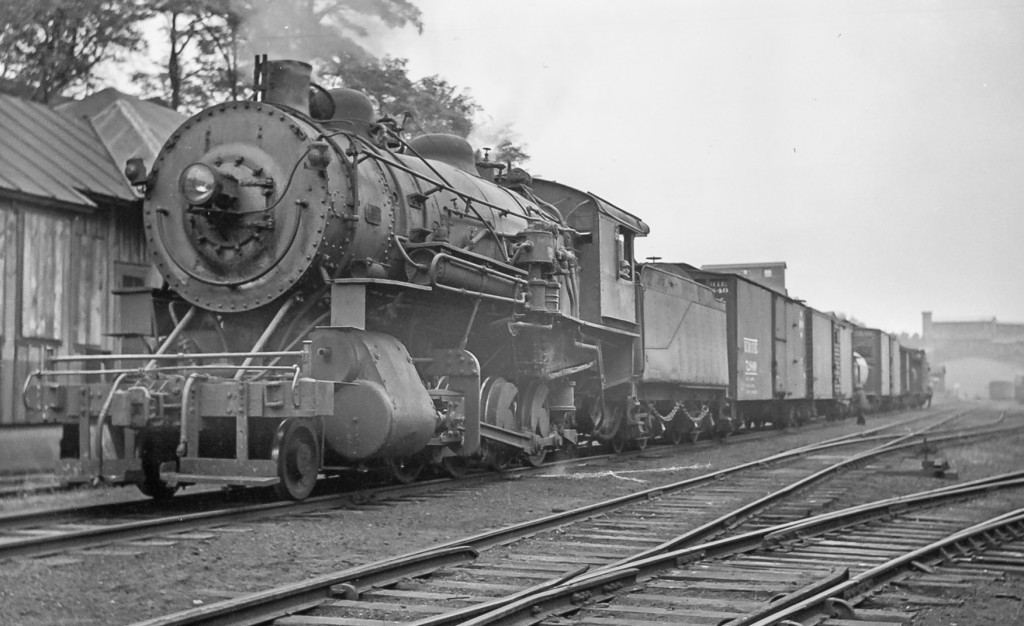
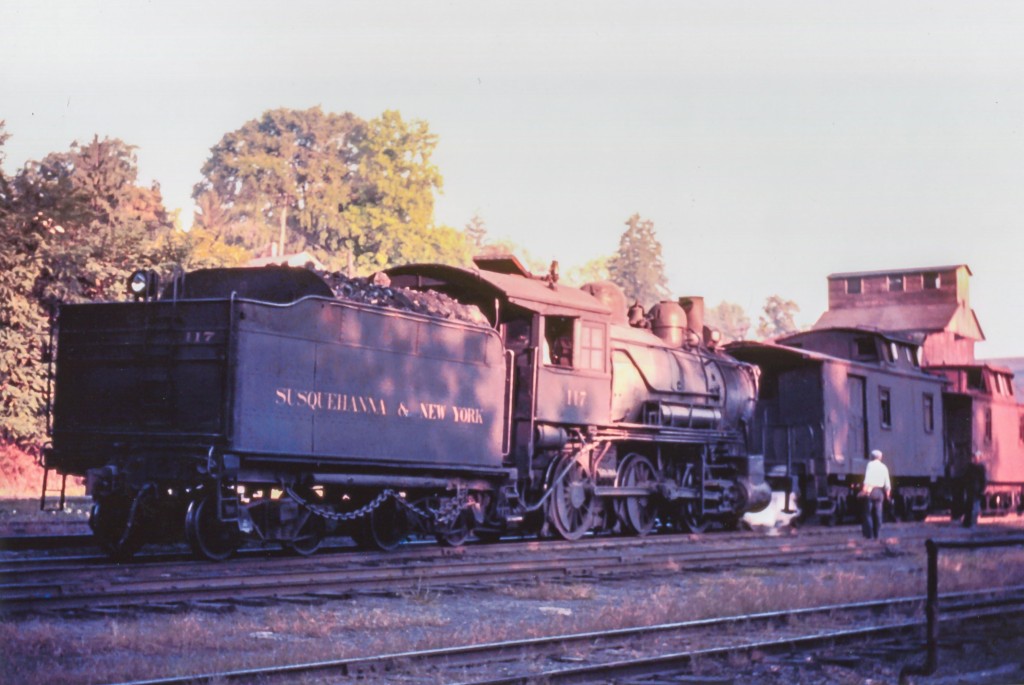
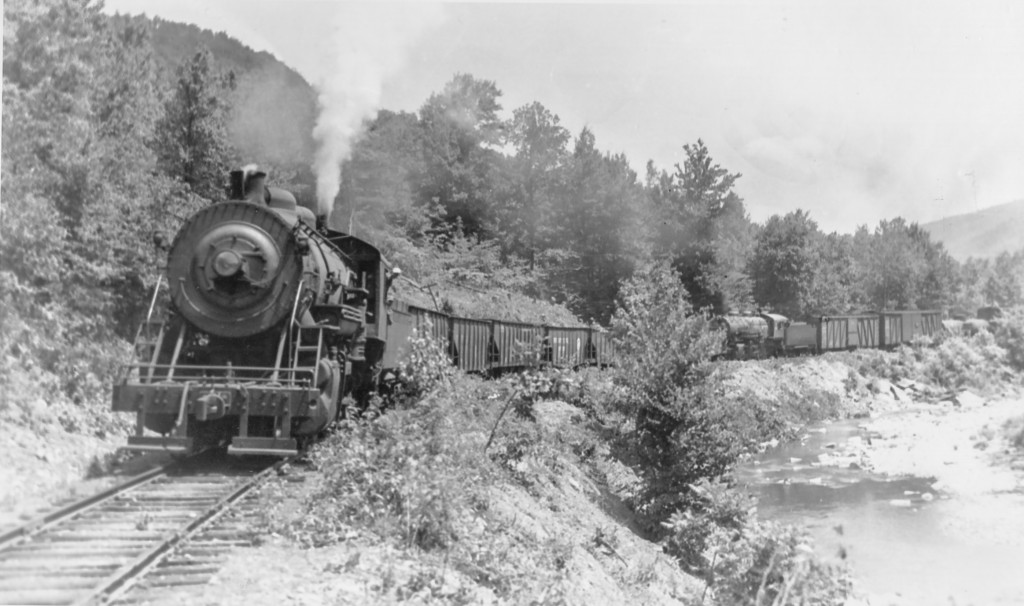
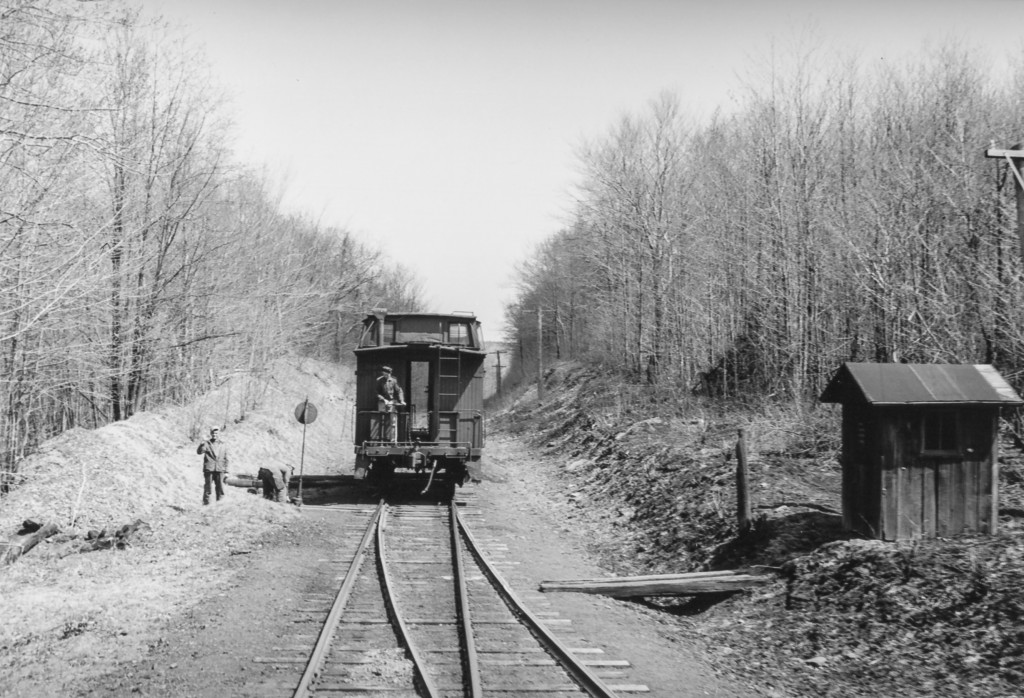
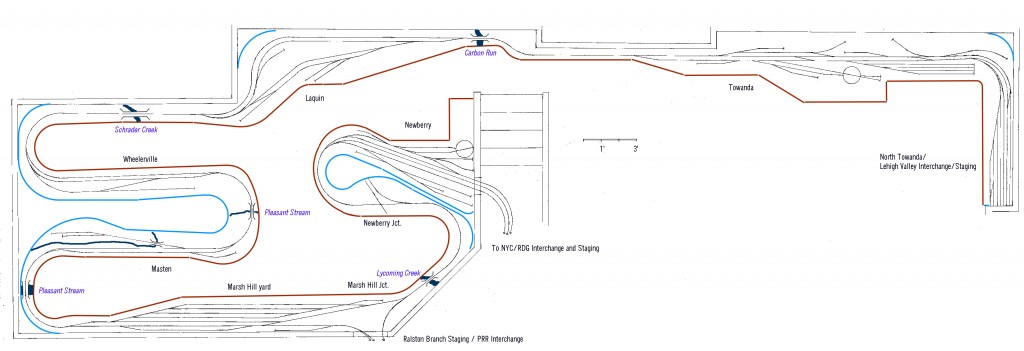
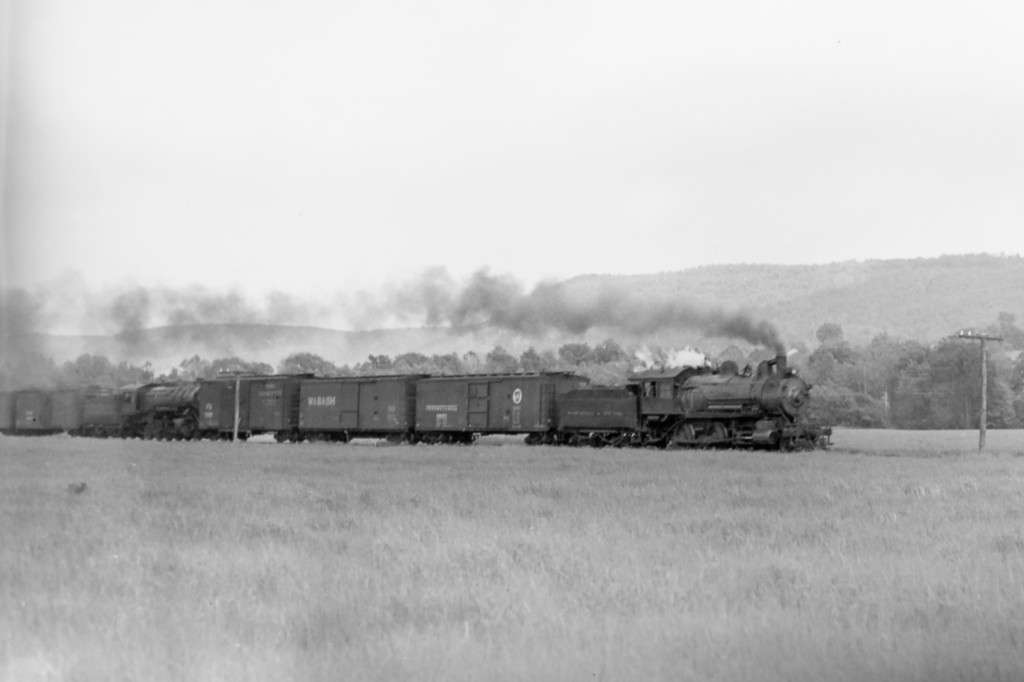
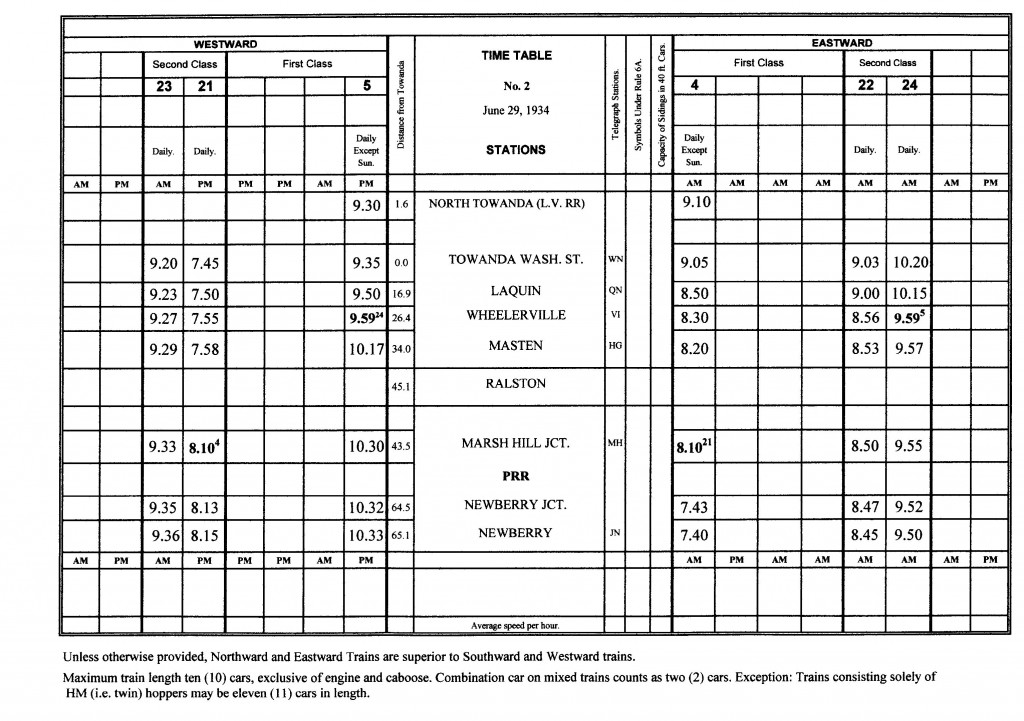
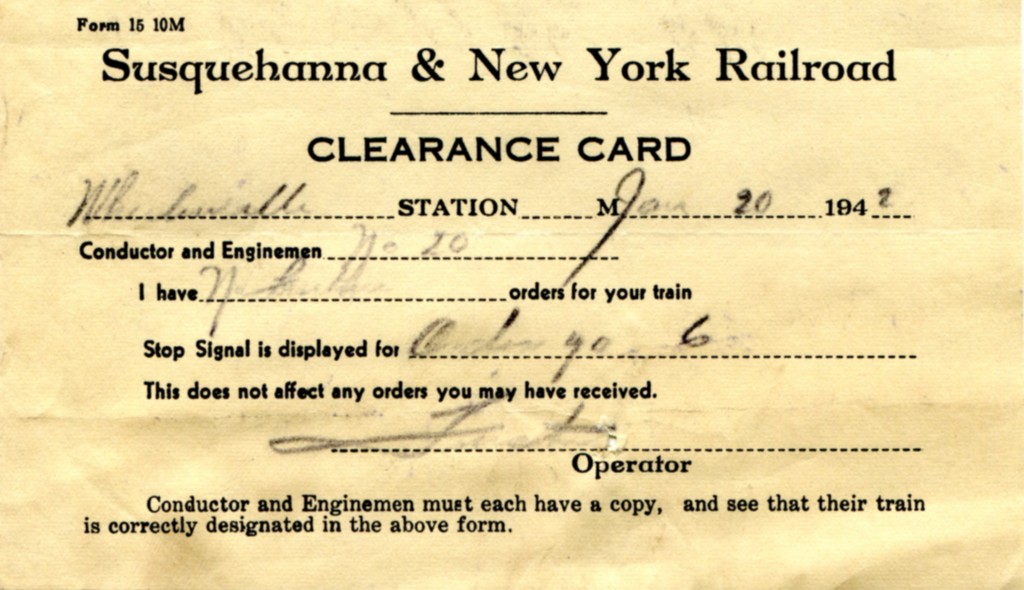
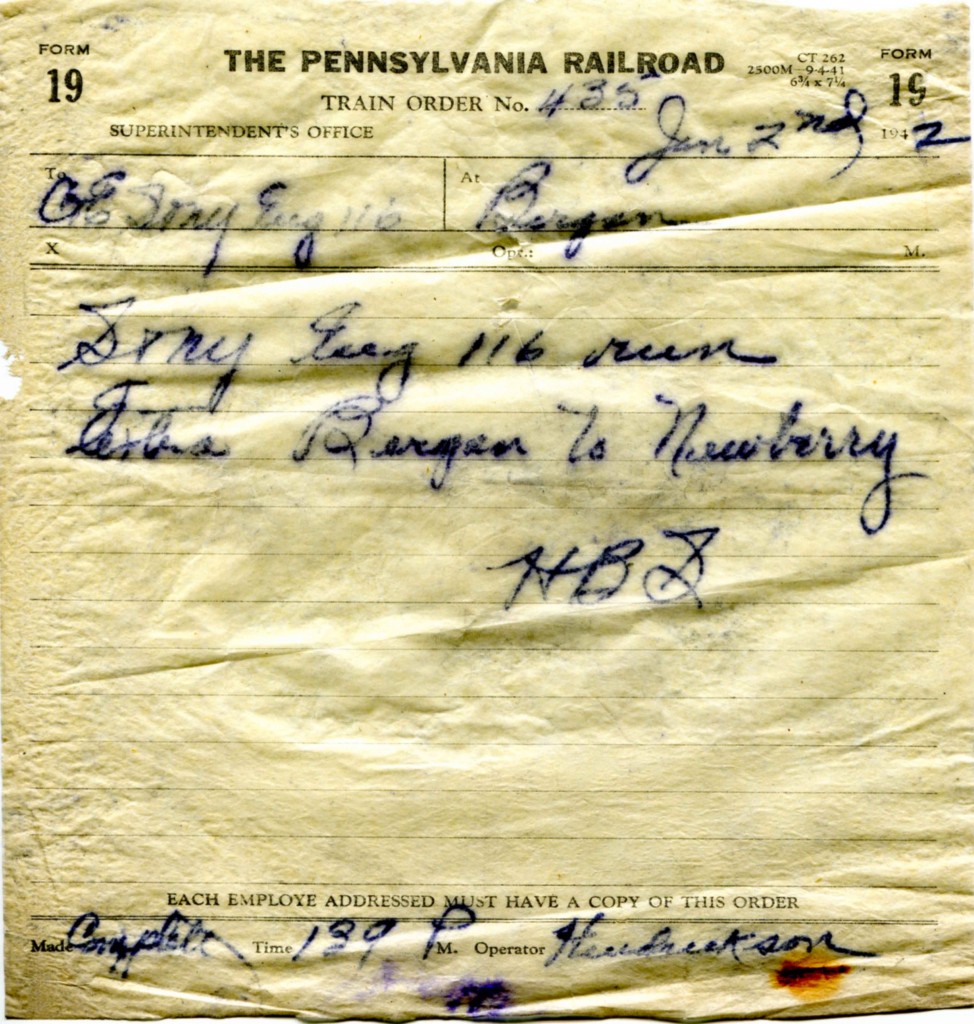

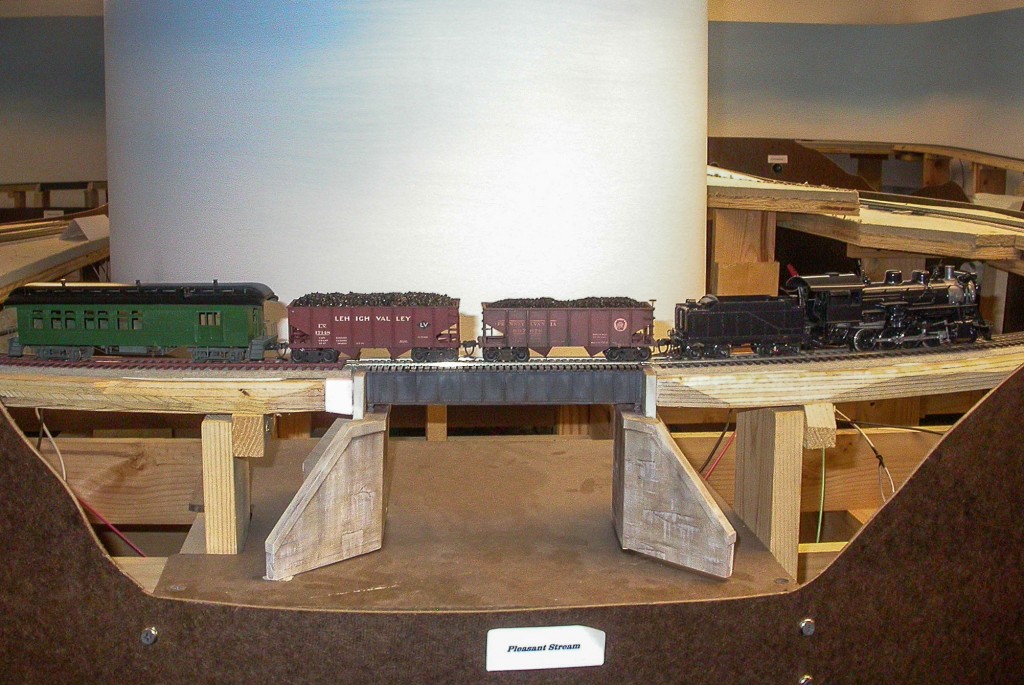
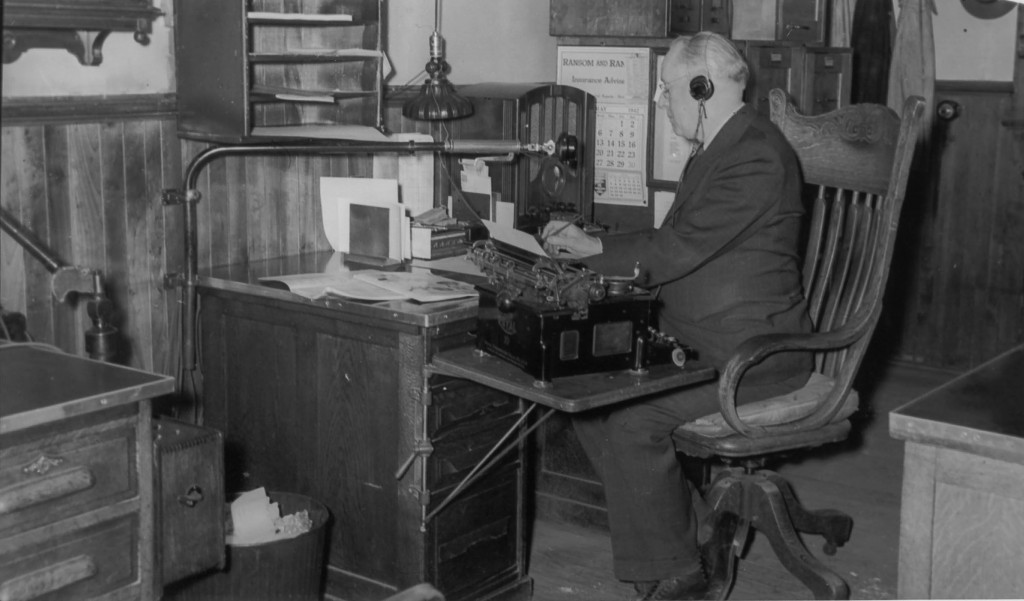
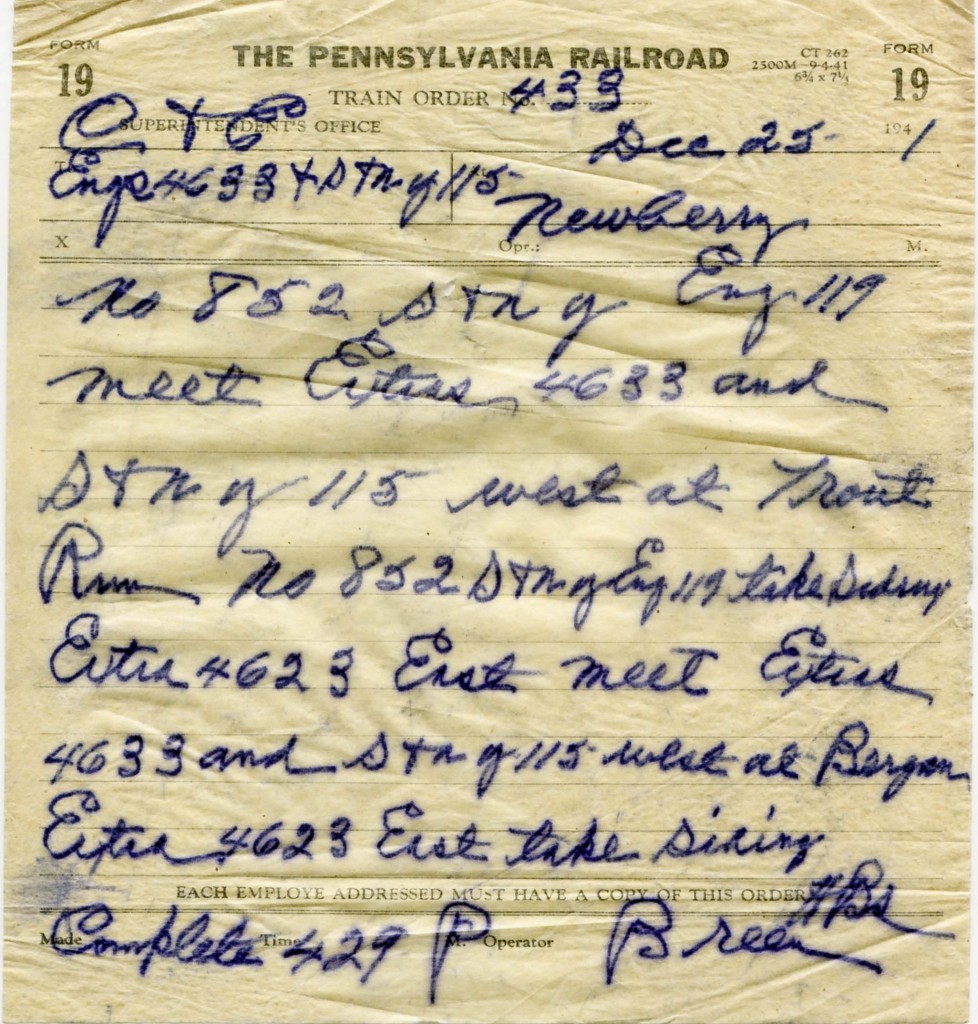
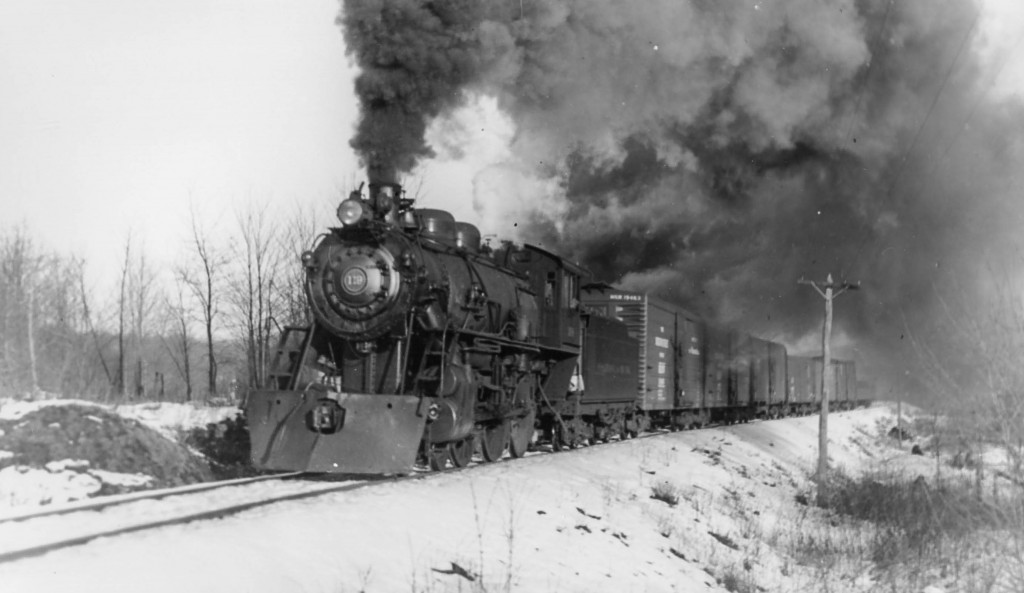
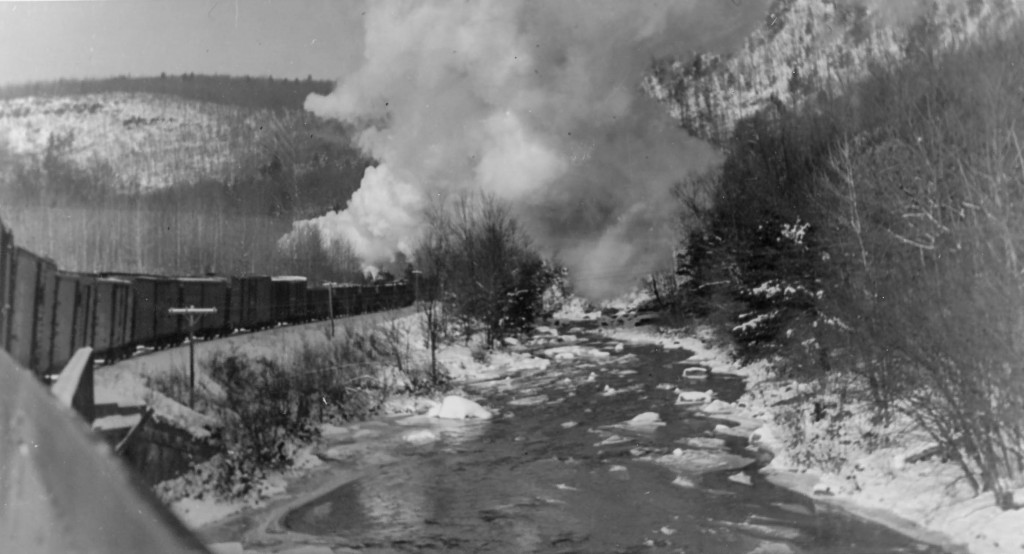
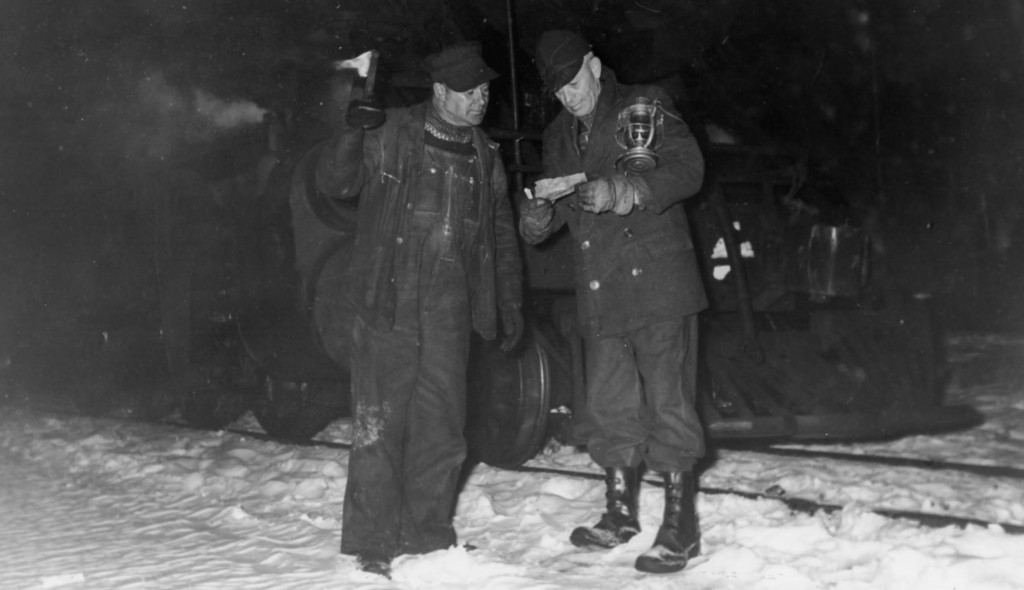
Recent Comments